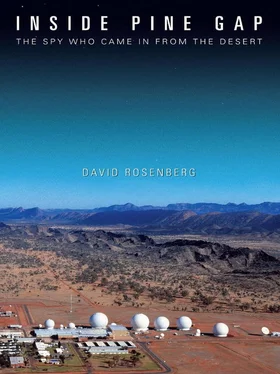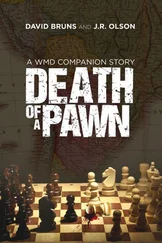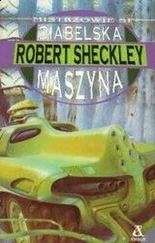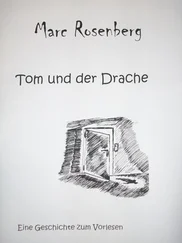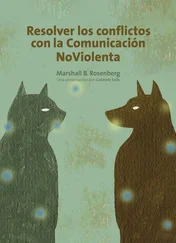PROFESSOR DES BALL CANBERRA, MAY 2011
PRIME MINISTER RJ HAWKE:
‘Pine Gap is a satellite ground station, whose function is to collect intelligence data which supports the national security of both Australia and the US. Intelligence collected at Pine Gap contributes importantly to the verification of arms control and disarmament agreements.’ (November 1988)
OPPOSITION LEADER JOHN HOWARD:
‘…the Liberal and National parties have always adopted an attitude of unwavering support for the joint facilities between Australia and the United States… This agreement is one of those things that sits at the very pinnacle of our national defence and our national security.’ (1988)
LTG KEITH ALEXANDER—DIRECTOR NSA/CHIEF CSS
‘The majority of our nation’s intelligence for counterterrorism, hard targets and support to military operations comes from the National Security Agency / Central Security Service. For the good of the nation, it is imperative that NSA/CSS maintain its cryptologic superiority.’ (NSA website, 2010)
The views and opinions expressed herein are those of the author and do not necessarily reflect those of the NSA/CSS. Furthermore, NSA/CSS does not warrant the accuracy of any information the author has included regarding the Agency, its alleged activities, personnel, operations, physical description or organisational structure. Open sources cited in this book serve to provide background, amplify references, or introduce related information, but not all details in the ‘open’ citations may be accurate.
I dedicate this book to Louise—wife, mother, and singer extraordinaire
PREFACE: NARROWING THE GAP
Pine Gap’s famous radomes
‘They will never let you write this book, let alone publish it.’ So said colleagues, family and friends, and they were almost right, but how could I resist telling the story of my unique twenty-three-year career as a hi-tech spy for the United States’ most secretive spy agency, the National Security Agency (NSA)? If I’d had any idea of the censorship challenges I’d face, I might have thought twice about writing this book. While I knew it would ruffle some feathers at the NSA, concern about what I might divulge eventually spread beyond my own agency to two other intelligence organisations. Apprehension about the sensitive information I might reveal even reached beyond the borders of the United States to the higher leadership of a close foreign ally that I’d become a citizen of in 2009: Australia.
I had already been employed with the NSA at Ft Meade, Maryland for more than four years when I decided to accept an initial two-year assignment at one of the most remote locations on Earth—the small outback town of Alice Springs in Central Australia. I remained there for eighteen years until I voluntarily resigned at the end of my extended overseas tour to move to Sydney to be with my wife, by which time I had been employed at Pine Gap longer than any other NSA employee still stationed in Alice Springs.
The year 2010 marked forty years since Pine Gap became operational as a joint defence facility, [1] http://en.wikipedia.org/wiki/Rhyolite/Aquacade
and I believe it is timely to provide an insider’s view of what really takes place behind its secure walls. I’m also keen to correct some misperceptions and false claims that have been made about ‘the Base’.
Pine Gap, also known as ‘the Space Base’ by Alice Springs locals, is an intelligence collection facility jointly administered by the United States and Australia. After forty controversial years it’s become a recognisable part of the Australian landscape, but the mission is still so highly classified that every employee who works in the secure building requires a ‘Top Secret’ security clearance just to enter the front door.
Along with that security clearance comes a lifetime commitment from me to refrain from revealing information that would compromise the security of the United States and to submit to the NSA’s Pre-publication Review Board (PRB) [2] See Appendix A.
any work that is intended for publication that may contain classified information. This process ensures classified sources and methods of intelligence collection and analysis aren’t inadvertently disclosed—obviously such information must remain classified in order to preserve the intelligence collection capabilities of a vital part of the worldwide intelligence community, [3] See Appendix B.
which includes the Australian intelligence community. I have done this while working with the PRB, which is tasked to balance these security concerns with an author’s right to freedom of speech.
At the direction of the PRB some text has been redacted (blacked-out) to prevent disclosure of classified information.
My extended tour of duty at Pine Gap has put me in a credible position to explain the facility’s mission and the role of its technical operations, while many so-called ‘experts’ who have written about the Base actually have only second- or thirdhand knowledge of the mission. Until now, nothing has been previously published exclusively about Pine Gap by anyone who has held the necessary security clearance that authorises them to work inside the top-secret signal processing centre, Operations. In 2008 Leonce Kealy, a former RAAF Australian employee, published an account of his time there from 1970 to 1975— The Pine Gap Saga: My personal experience working with the American CIA in Australia . [4] Kealy, The Pine Gap Saga.
But Kealy’s book is a historical and somewhat jaded discussion of the ‘Genesis’ period at Pine Gap—when Australians were reportedly not admitted into the secure signal processing centre—so is very limited in its ability to discuss the classified mission. Here, however, I expose many current ‘revelations’ and relate some of the major highlights involving the Australians and Americans who worked with me in Operations, the intelligence collection and analysis ‘nerve centre’ of Pine Gap.
My career with the NSA allowed me to access some of the United States’ most sensitive compartmented secrets—in other words, specific programs in which select individuals may participate and access information. This enabled me to learn about, understand and analyse the military capabilities of several countries that potentially pose a threat to the United States and Australia. My exposure to this information and participation in assessing these threats have familiarised me with a multitude of weapons systems and their associated development and testing methodologies.
Based upon my personal experience in Operations, I have cited a number of ‘open sources’ in this book. The reader should be aware that while these citations serve to provide background, amplify references, or introduce related information, not all of the details in the ‘open’ citations may be accurate. For example, it’s been well documented that the United States intelligence community collects and analyses telemetry, radar signals, weapons-related signals, communication signals and satellite/data link transmissions. [5] Ball, Pine Gap , pp. 33–54.
In this book I expose, examine and explain the various types of intelligence relevant to Pine Gap, and will provide an account of some of the intelligence successes and failures experienced by the Americans and Australians over the course of my eighteen years ‘on the inside’. The strong forty-year partnership between Australia and the United States at Pine Gap has resulted in a closer alliance, one that has narrowed the gap between America’s and Australia’s technical capabilities and the Australian and American cultures in Alice Springs. My reflections, after twenty-three years as a hi-tech spy, will debunk some of the myths and rumours surrounding Pine Gap, including concerns voiced by many anti–Pine Gap protest organisations and other interest groups.
Читать дальше
